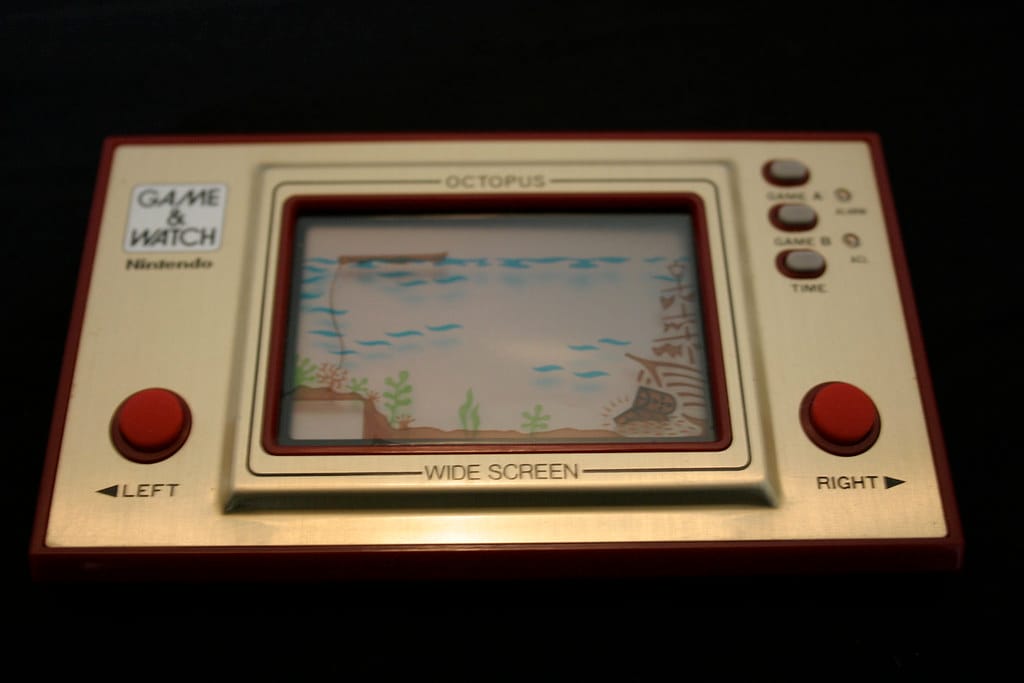When Nintendo Changed Gaming Forever: The First Reviews That Launched Two Legendary Franchises
The year was 1986, and video game reviewers had no idea they were witnessing history. As they loaded up their Famicom Disk Systems to test two new Nintendo releases—Super Mario Bros. and The Legend of Zelda—they couldn't have predicted these titles would become the foundation of gaming's most enduring franchises. Today, examining those first critical reactions reveals not just the birth of gaming legends, but a fascinating glimpse into how revolutionary ideas are first received.
The Critics Discover a Plumber Who Could Jump
Super Mario Bros. didn't arrive in a critical vacuum. By 1985, side-scrolling platformers existed, but Nintendo's approach was different. Early Japanese reviews in Famicom Tsūshin (later renamed Famitsu) praised the game's "smooth scrolling" and "responsive controls"—technical achievements that seem quaint now but were groundbreaking then.
What's remarkable about these first reviews is what they got right and wrong. Critics immediately recognized Mario's tight gameplay mechanics, with one Computer Entertainer reviewer noting that "the character responds instantly to controller input, making precise jumping feel natural." They understood this wasn't just another arcade port—this was something built specifically for home consoles.
However, many early reviewers underestimated the game's lasting appeal. A 1985 review in Electronic Gaming Monthly gave it high marks but suggested it might be "too simple for experienced players." That "simple" game would go on to sell over 40 million copies and establish the template for an entire genre.
Zelda: When Adventure Meant Getting Lost
The Legend of Zelda's initial reception was even more telling. Released on Nintendo's Famicom Disk System in Japan in February 1986, it presented reviewers with something unprecedented: a vast, non-linear adventure that actively encouraged exploration and discovery.
Early Japanese reviews struggled with how to categorize the experience. Famicom Tsūshin described it as "an adventure game that feels like exploring a real world," while noting the revolutionary battery-backed save system that allowed players to continue their quest across multiple gaming sessions.
The most prescient early review came from Computer Gaming World, which recognized that Zelda represented "a fundamental shift in how video games tell stories." The reviewer noted how the game's cryptic text and environmental storytelling created "a sense of mystery that keeps players engaged beyond simple reflex-based challenges."
Technical Innovation Meets Artistic Vision
Both games showcased Nintendo's technical prowess on the Famicom/NES hardware. Early reviews consistently praised the smooth scrolling in Mario and the seamless screen transitions in Zelda—features that required significant programming innovation to achieve on 8-bit hardware.
Electronic Fun magazine's 1986 review of Mario highlighted how the game's "multiple screen heights and hidden areas create a sense of depth rarely seen in home console games." Similarly, Zelda's overworld map system impressed critics who had never experienced a home console game with such scope and ambition.
The music also caught early reviewers' attention. Koji Kondo's compositions for both games earned specific mention in multiple reviews, with critics noting how the melodies seemed to enhance gameplay rather than simply accompany it.
The Reviews That Missed the Mark
Not every early review aged well. Some critics dismissed Mario's story as "too childish" and questioned whether Zelda's difficulty would frustrate casual players. A few reviewers suggested both games were "too Japanese" for Western audiences—a concern that proved spectacularly wrong when both titles became massive international successes.
Perhaps most amusing in retrospect are the reviews that praised these games while simultaneously predicting they'd be forgotten quickly. One 1986 review concluded that while both games were "entertaining," they were likely to be "replaced by more sophisticated offerings within a year or two."
Legacy of Those First Impressions
Those initial reviews, flawed as some predictions proved to be, captured something essential about both franchises that remains true today: their ability to make complex systems feel intuitive and their commitment to player discovery over hand-holding.
The critics who first encountered Mario and Link were witnessing the birth of modern game design philosophy. Their reviews—praising responsive controls, environmental storytelling, and player agency—identified the DNA that would define not just these franchises, but the entire medium's evolution toward more sophisticated interactive entertainment.
Nearly four decades later, as we anticipate each new Mario and Zelda release, those first reviews remind us that truly revolutionary games don't just entertain—they redefine what's possible.
